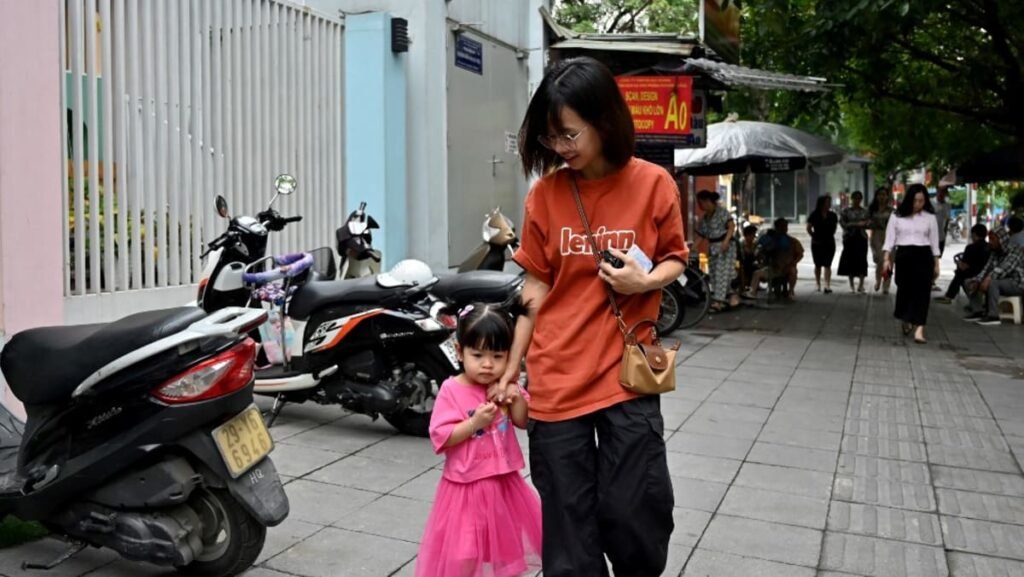HANOI: Vietnam’s communist government has announced the end of its long-standing two-child policy, as reported by state media on Wednesday (Jun 4). This change comes as the nation works to address a falling birth rate.
Since 1988, couples were restricted to having no more than two children, but now, the size of a family is a choice that couples can make for themselves, according to the Vietnam News Agency.
Over the past three years, the country has seen a significant decline in birth rates, with last year’s total fertility rate falling to just 1.91 children per woman, which is below the replacement level, as noted by the health ministry this year.
Birth rates have decreased from 2.11 children per woman in 2021, to 2.01 in 2022, and further down to 1.96 in 2023.
This decline is particularly noticeable in urban, economically advanced areas, especially in major cities like Hanoi and Ho Chi Minh City, where the cost of living is increasing.
Tran Minh Huong, a 22-year-old office worker, shared with AFP that the government policy was not significant for her since she does not intend to have children.
“Although I am Asian and there are social expectations for women to marry and have children, raising a child is just too expensive,” she explained.
SEX IMBALANCE
Deputy Health Minister Nguyen Thi Lien Huong, during a conference earlier this year, pointed out the growing difficulty in encouraging families to have more children, despite policy changes and public initiatives.
She highlighted that the declining birth rate presents challenges for the long-term socio-economic development of the country, including issues like an aging population and labor shortages.
She called on society to broaden its perspective from merely focusing on family planning to encompass more comprehensive views on population and development.

